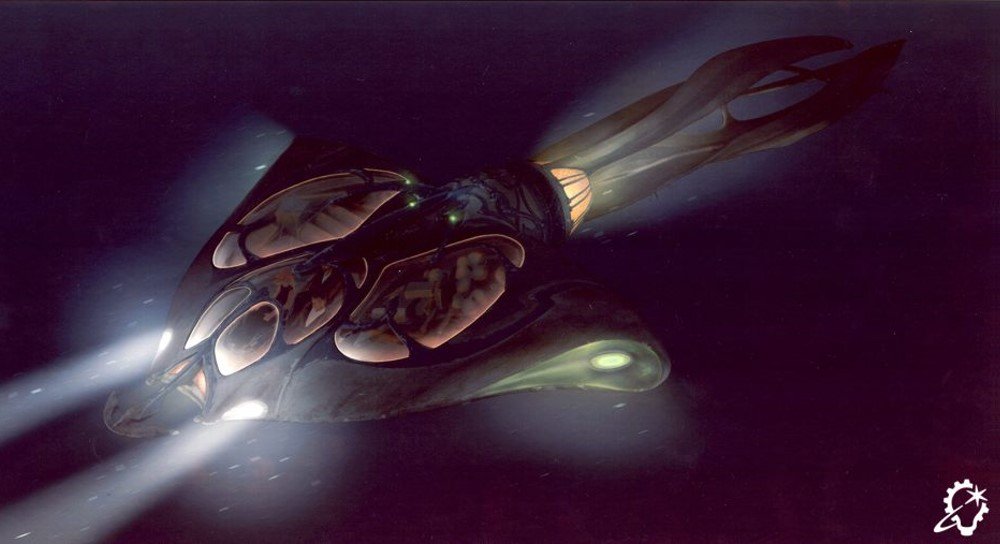Writing over at ILM.com in the latest ILM Evolutions article, Jay Stobie chats with ILM Art Department creative director David “Nak” Nakabayashi, Aaron McBride (San Francisco), Bimpe Alliu (London), Cody Gramstad (Sydney), and Chelsea Castro (Vancouver), to look at conceptual art and storyboarding, the earliest stages of laying down a visual roadmap towards what we eventually see onscreen.
Concept art and storyboards each serve unique purposes in the production pipeline. “Concept art depicts a scene, setting, place, location, robot, spaceship, weapon – they initially come from the script along with a brief description,” outlines Nakabayashi, who emphasizes the extent to which the art helps the crew visualize the project they will be creating. “These are the key beats in the film. Concept art establishes what we’re going to be doing. We’re showing everyone that this is the movie we’re going to be making when absolutely nobody has any idea what it will look like.”
Nakabayashi cites concept artist Ralph McQuarrie’s contributions to Star Wars: A New Hope (1977) as the perfect example of such art having an inspirational impact on a film. “They based everything on his art. It fed everybody’s imagination.” Today, concept artists regularly assist filmmakers as they design and seek green lights for their films. “Sometimes, ILM will do development or spec work, where we take concept art and show the studio what the movie will be with the same intention as Ralph did. We carried that on.”
While concept art focuses on design, storyboards define the action that occurs on-screen. “Storyboards are all about the cinematic motion, the energy of a visual effects shot. That’s why ILM’s Joe Johnston was such a great foundation for this department. He would draw storyboards with arrows that would be compressed in perspective, and you really understood the depth of what he was trying to say,” Nakabayashi notes. Over time, the advent of digital animatics altered the use of storyboards. “We hardly storyboard anymore these days because animatics act as the filler, but it’s the same principle.”
It’s another fantastic article by Jay, one well worth taking the time to digest in full over at ILM.com.


